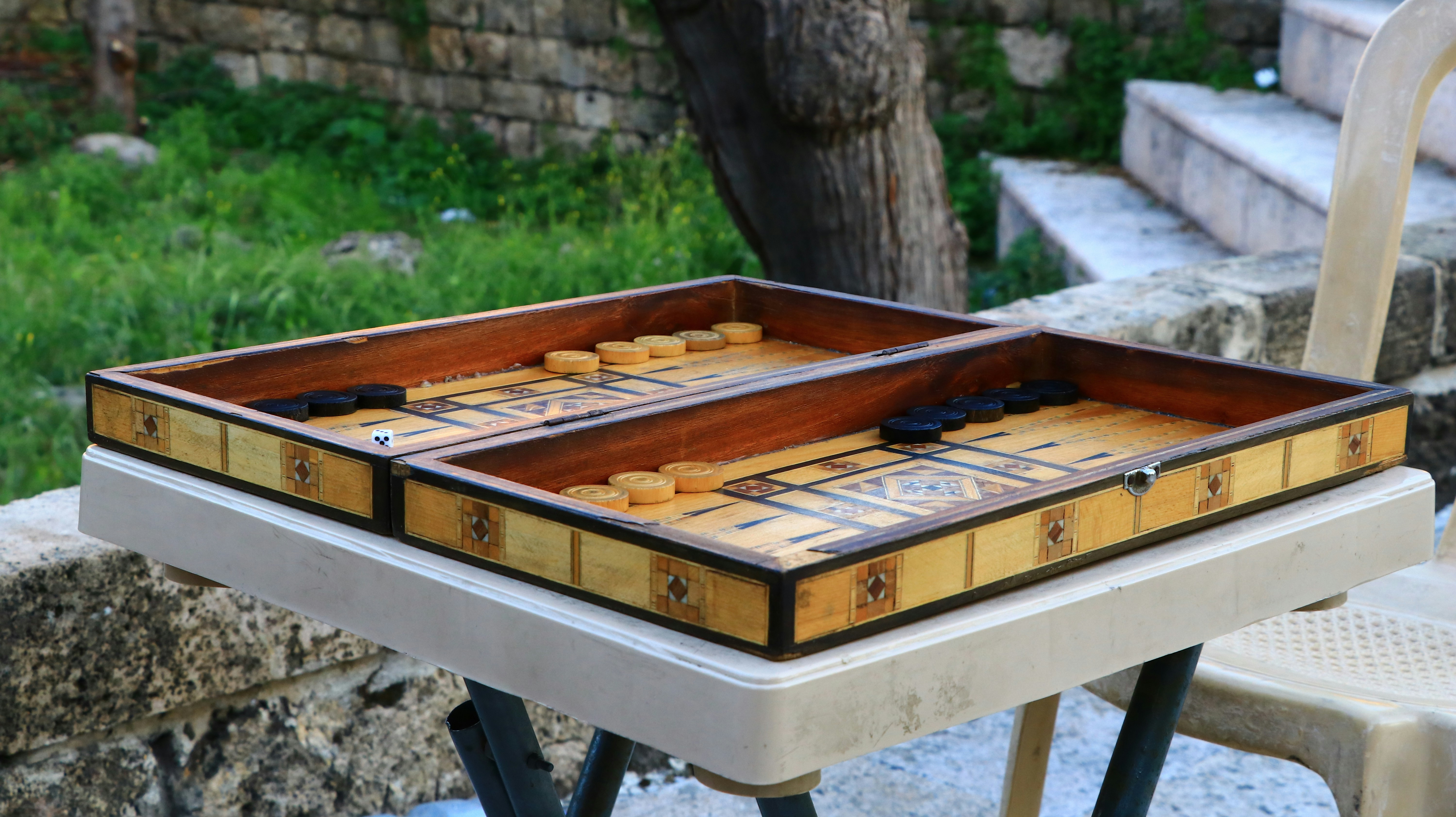What is Chess?
Chess is one of the world’s most beloved board games—a timeless battle of pure strategy and skill that’s been played for over 1500 years. Two players command armies of pieces across a 64-square battlefield, each trying to checkmate the opponent’s king. The thrill? Every game offers infinite possibilities, and every move can shift the balance of power. Whether you’re a beginner or a grandmaster, chess offers endless excitement, strategy, and intellectual challenge.
Here you can play chess online for free, with no sign-up required.

Other great games like chess
If you enjoy the strategy of chess you may also enjoy sudoku! You can play sudoku online at sudokupulse.com where you will find guides on how to play sudoku as well as easy sudoku puzzles to solve, with techniques and guides to teach you how to solve expert puzzles.
The Complete Rules (Interactive & Visual)
The Board & Setup
The chess board is instantly recognizable: 64 squares arranged in an 8×8 grid, alternating between light and dark colors. Each player starts with 16 pieces: one king, one queen, two rooks, two bishops, two knights, and eight pawns. The pieces are arranged on the first two rows (ranks) of each side.
The board is positioned so each player has a light square in their bottom-right corner. White always moves first, creating a slight but significant opening advantage.
(See our interactive diagram above for a visual guide!)
How to Move
Each type of chess piece moves in its own unique way:
- King: Moves one square in any direction (horizontal, vertical, or diagonal).
- Queen: Moves any number of squares in any direction (most powerful piece).
- Rook: Moves any number of squares horizontally or vertically.
- Bishop: Moves any number of squares diagonally.
- Knight: Moves in an “L” shape—two squares in one direction and one square perpendicular (can jump over other pieces).
- Pawn: Moves forward one square (or two squares on its first move), captures diagonally forward one square.
Players alternate turns, moving one piece per turn. You capture an opponent’s piece by moving your piece to the square it occupies.
- (Check out our animated demonstrations for examples of each piece’s movement!)
Special Moves
Chess has several special moves that add strategic depth:
Castling: A move involving the king and one rook. The king moves two squares toward the rook, and the rook jumps to the square the king crossed. You can only castle if neither piece has moved, there are no pieces between them, and the king isn’t in check or moving through check.
En Passant: A special pawn capture. If an opponent’s pawn moves two squares forward from its starting position and lands beside your pawn, you can capture it as if it had only moved one square (on your very next turn only).
Pawn Promotion: When a pawn reaches the opposite end of the board, it must be promoted to a queen, rook, bishop, or knight (usually a queen).
- (Watch our short videos for demonstrations!)
Check, Checkmate & Stalemate
The goal of chess is to checkmate your opponent’s king:
-
Check: When the king is under attack (threatened with capture). The player must immediately move the king to safety, block the attack, or capture the attacking piece.
-
Checkmate: When the king is in check and has no legal move to escape. This ends the game—the attacking player wins!
-
Stalemate: When a player has no legal moves but their king is NOT in check. This results in a draw.
-
(Step-by-step guide and visuals available!)
Winning the Game
There are several ways a chess game can end:
- Checkmate: One player checkmates the opponent’s king (win).
- Resignation: A player concedes the game (loss).
- Draw: The game ends with no winner through stalemate, insufficient material, threefold repetition, the fifty-move rule, or mutual agreement.
- Timeout: In timed games, running out of time results in a loss (unless the opponent has insufficient material to checkmate).
Time Controls: A Beginner’s Guide
Want to add intensity? Chess can be played with time controls—each player gets a set amount of time for all their moves. Common formats include:
- Blitz: 3-5 minutes per player
- Rapid: 10-30 minutes per player
- Classical: 60+ minutes per player
Some formats include “increment” (extra seconds added after each move). If your time runs out, you lose the game (unless your opponent can’t possibly checkmate you).

A Complete, Playable First Game
Ready to see chess in action? Follow our guided, step-by-step walkthrough of a sample game. We’ll explain each move, why it’s made, and what to watch for as the game unfolds. (Interactive game coming soon!)
Glossary of Terms
Here’s a quick A–Z of chess terminology. Click any term to learn more!
- Castling: A special move involving the king and rook.
- Check: When the king is under attack.
- Checkmate: When the king is in check with no legal escape (game over).
- En passant: A special pawn capture.
- Fork: A move that attacks two or more pieces simultaneously.
- Pin: When a piece cannot move without exposing a more valuable piece to attack.
- Skewer: A tactic where a valuable piece is forced to move, exposing a less valuable piece behind it.
- Discovered attack: Moving one piece reveals an attack from another piece.
- Gambit: An opening where material is sacrificed for positional advantage.
- (See our full glossary for more!)
Section 2: The Deep Dive (Strategy & Theory)
Opening Moves
Every chess game begins with White’s first move, and there are many strategic options. Here are some of the most popular openings:
- e4 (King’s Pawn): The most common opening move, controlling the center and freeing the queen and bishop.
- d4 (Queen’s Pawn): A solid opening that controls the center and leads to different strategic plans than e4.
- Nf3 (Réti Opening): A flexible opening that can transpose into many different structures.
- c4 (English Opening): Controls the center from the side and offers many strategic options.
- (See our full opening guide for detailed analysis of each opening!)
For each opening, we explain:
- The strategic ideas behind the moves
- Common responses and variations
- What to watch for in the middlegame
Middlegame Strategy & Game Plans
Chess is all about adapting your plan to the position. Here are the core strategic themes:
- Control the Center:
- Occupy and control the central squares (e4, d4, e5, d5) with pawns and pieces.
- Key: Central control provides mobility and attacking opportunities.
- King Safety:
- Castle early to protect your king and connect your rooks.
- Key: A safe king allows you to attack without fear of counterattack.
- Piece Activity:
- Develop your pieces to active squares where they control important areas.
- Key: Well-placed pieces create threats and restrict your opponent.
- Pawn Structure:
- Understand the strengths and weaknesses of different pawn formations.
- Key: Good pawn structure provides a solid foundation for your pieces.
- Tactical Awareness:
- Look for forks, pins, skewers, and discovered attacks.
- Key: Tactics can win material or deliver checkmate.
For each strategic theme, we break down:
- The key principles
- Common patterns to recognize
- How to create and exploit advantages
Ready to make your move? Dive in, play a game, or explore our strategy guides to become a chess master!